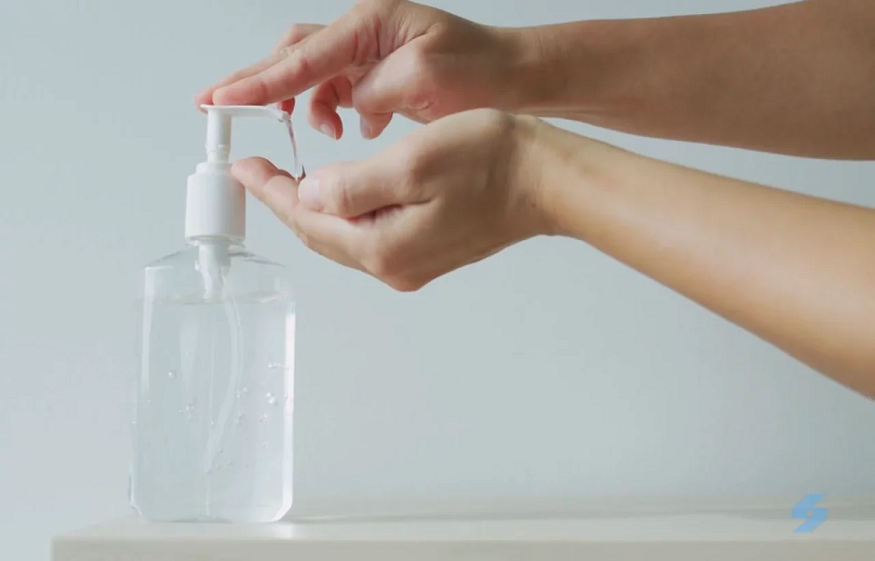Situations In Life When Using A Hand Sanitizer Is a Must
Prior to the COVID-19 pandemic, hand sanitisers were largely used in hospitals and medical centres. However, with the onset of the pandemic, it has now become a staple in most households. People have realized the importance of hand hygiene and these hand sanitizers have become a part of one’s lifestyle nowadays. Hand hygiene practices are being followed post COVID-19 pandemic as well.
Alcohol-based hand sanitisers are most effective in situations where soap and water are not available. When you are travelling on public transport, you touch a number of surfaces that may be exposed to germs and pathogens. You may not always have access to soap and water in these situations, and using an alcohol-based sanitiser is the most effective way of removing germs in such a condition. In these situations, it is best to carry a 100 ml hand sanitizer bottle to help you fend off germs and infections.
Doctors and nurses often use hand sanitisers before and after dealing with patients. This is one of the best ways they keep themselves protected and keep germs from being passed on from one patient to another. This should teach us to use hand sanitisers on a regular basis when we deal with sick children or with family members who are suffering from an infectious disease. Any viral or bacterial disease can be contagious, and using a hand sanitiser can help us stay protected.
Visiting public places like offices, banks, schools, the cinema, we touch counters, shake hands, hold bags and bottles, touch elevator buttons, open doors – expose ourselves to a number of places that are touched by people and can be highly infected surfaces. It is good to buy a small bottle of hand sanitizer online, preferably a long-lasting one like Just Human hand sanitiser and use it when we are out in such places and have touched contaminated surfaces.
Situations in which it is advisable not to use a hand sanitiser –
It is best to use soap and water when you have access to a sink.
Washing with soap and water is essential before you sit down to have dinner or after you use the washroom.
Hand sanitisers do not easily remove grease and dirt. It is best to use soap and water when your hands are oily, greasy, or after gardening.
While hand sanitisers are effective in removing most germs, they cannot completely remove these pathogens. This means, after grooming a pet or sneezing or coughing, it is best to use soap and water to clean your hands.
How to use a hand sanitiser?
- Pour a small quantity of hand sanitiser on the palm of your hand
- Rub the sanitiser all over your hands, between fingers, back of the hand
- Let your hands dry before you wipe them or wet them



